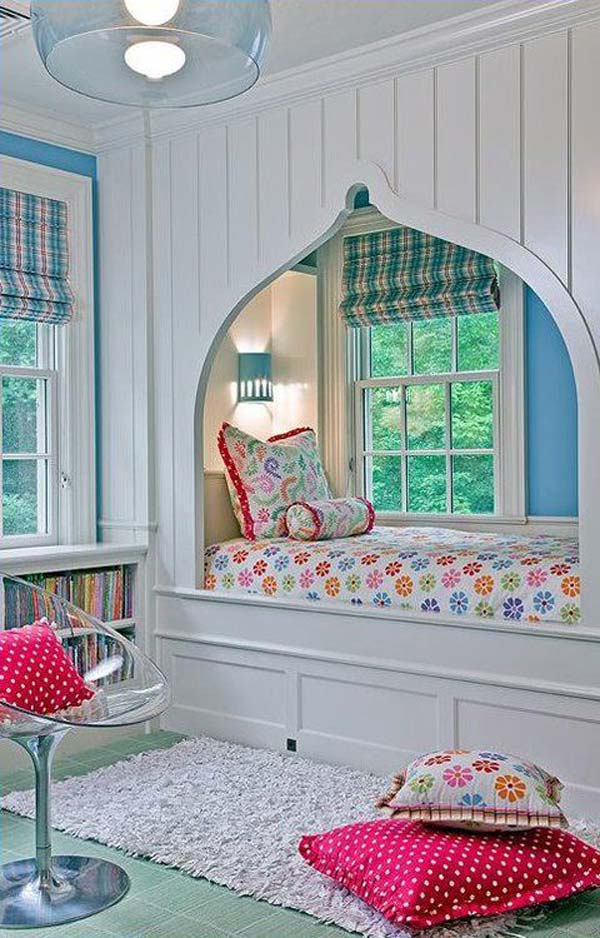Table of Content
Cleveland 's political enemies spread rumors about his wife in order to discredit him. A Republican after-dinner speaker gave credence to the fiction that Frances Cleveland was having an affair with newspaper editor Henry Watterson . To handle the large amount of correspondence she received, perhaps more than any of her predecessors, she hired a college friend, Minnie Alexander to serve as her social secretary, the first non-family member to fill such a position for a First Lady. It was not yet, however, a government job and so the Clevelands paid Alexander's salary themselves. Frances Cleveland and Minnie Alexander set about creating some efficiency in dealing with the deluge, creating the first set of form letters to respond to the various needs and requests the First Lady received.
Frances Cleveland’s paternal grandfather John Folsom, who was originally intended to preside over her wedding ceremony died just 16 days before the marriage date. The 1910 inspection recorded that there were 40 girls in the Home, no voluntary cases, four out on licence, and no absconders. Classroom performance in singing (sol-fa, and staff notation), composition, mental arithmetic, geography and domestic economy was generally rated as 'good', and recitation as 'very fair'.
Frances Cleveland
It seemed like a huge place walking between the rides and a bit scary too. We went on the Waltzers; it looked ok, but I soon realised that it was not my thing. I remember trying to laugh and wanting to cry and I couldn’t wait for it to stop. The diesel fumes mixed with the effects of the Waltzers made me feel ill, we had run out of money very quickly and I was a tired little girl and I wanted to go home.

We were not to go with him and my Step-mother, but arrangements had been made for us to stay in England and go into care and a lady called Miss Sturdy came to collect us in her car and off we drove. A car ride was quite rare and exciting in those days as the only other person I knew that owned one was Grandad and he was in Southampton. It’s only a short distance of probably two miles from the house in Valley Road to Park Street, but Miss Sturdy cannot have known the area well as she got lost several times and eventually had to ask for directions. We were greeted at the door and shown into what I later realised was the Committee Room, very formal, and we sat swinging our legs from chairs too high, staring round and taking it all in. My favourite was the Chairwoman, Gwenllian Whitaker, sister-in-law of Heather Allan.
Home for the Friendless
It would be too easy to get ahead of myself here as all the tales of friends and school are shouting out to be told, but time for that on another occasion. For some unknown reason our parents had had studs put on our shoes. The metal rang out on the ground as I walked and I felt that I couldn’t be trusted to walk properly. And, if the truth be told, I couldn’t, but it was many years before it was discovered that I had inherited a form of muscular atrophy from my mother which meant that I have no natural spring in my feet. But Fred as always had an answer to my problems; he taught me how to slide, and if the surface was rough enough we could even impress the other children by making sparks. Reading, drawing, singing and nature studies, they were my favourites.
The two women decided to live together, an arrangement which continued until Eve Simpson chose to follow a more conventional path. In 1895, she became engaged to Henry Benjamin Whipple, the widower Episcopal bishop of Minnesota. Nevertheless, in a letter she wrote to Bishop Whipple on Executive Mansion stationery while visiting her brother during his second term, she expressed her genuine wishes that the couple had found love with each other.
How Neighborhoods Used Restrictive Housing Covenants to Block Nonwhite Families
She immediately agreed to help a Washington African-American woman to establish The Washington Home for Friendless Colored Girls after she had come across two starving girls eating out of a garbage can and then raise funds to purchase a building for the orphanage. She was also the most visible member of the Colored Christmas Club, a charity providing food and clothing to poor local children at the holiday season. A year after her marriage, she also accepted a position on the board of trustees for Wells College, her alma mater. She was later instrumental in urging the State of New Jersey to "open up educational opportunities for girls, like young men," resulting in the founding of the New Jersey College for Women. The home was still a charitable foundation and so money had to be raised for its upkeep.

The establishment continued to be known as the Friendless Girls' Home and Miss Stirling remained as matron of the institution. Miss Christina Stirling was assistant matron, and Miss Tyre was schoolmistress. When the asylum closed, $4,304 remained, which launched the Friends Education Fund, a Quaker college scholarship program for African American students. By 2020, First Friends had provided almost $500,000 in scholarships to over 1,000 students. The program is primarily for recent high school graduates just entering college for their initial semester and students already in the scholarship program.
In our first year, Fred and I were in the Low Dorm, which was opposite Mum’s bedroom. We were crazy with excitement and I can remember creeping downstairs with Babs and Judy. We nearly got away with it too, only Babs put her hand on her hip and told me to ‘put my leg in’. I had never heard the expression before and didn’t realise that she meant me to put my arm through, so I tried hard to do as I was told, lost my balance and fell over. There was a lot of shushing going on but we were helpless with laughter which quickly roused Mum. 3 o’clock in the morning, what did we think we were doing, get back to bed this instant!
Like Julia Tyler and Edith Wilson, marriage to an incumbent President meant for Frances Cleveland that she immediately became First Lady, with very little time to consider with any depth what type of role she would play. Before she married him, Cleveland had already given conscious thought to how to divide her life between public and private responsibilities. The house was called "Oak View" by the First Lady but always known as "Red Top" because the roof was painted red. The Clevelands sold the property at a considerable profit when they left Washington in 1889.
Fred, Eric and Bill had helped build a bonfire with some of the other local lads in Foxon’s field, so after tea we all climbed the hill and watched as Mr Skinner lit the pyre. Guy Fawkes sat at a crazy angle on the top and we all cheered as he disappeared in to the flames. Somebody had been busy, there were rockets in bottles and Catherine Wheels had been hammered in to place on the upright of the swing. One by one Mr Skinner lit Roman Candles and Snow Bursts; Rockets showered the sky with brightly coloured stars and the Catherine Wheels whizzed round on their nails. And if that wasn’t enough, we all had sparklers to wave around followed by toffee apples. At the Democratic National Convention, the First Lady was mentioned by name from the podium by the chairman, thus making her the first presidential wife to be so recognized in a political arena.

The original building was located on Union Street, directly behind the Merriams’ house on Howard Street. Among those who found shelter here were girls and women fleeing physical and sexual abuse, as well as “fallen women,” a Victorian euphemism for prostitutes. Despite its somewhat bleak-sounding name, the Home for Friendless Women provided much-needed services at a time when such assistance from the government was essentially unheard of, and it was the first charity of its type in the region.

No comments:
Post a Comment